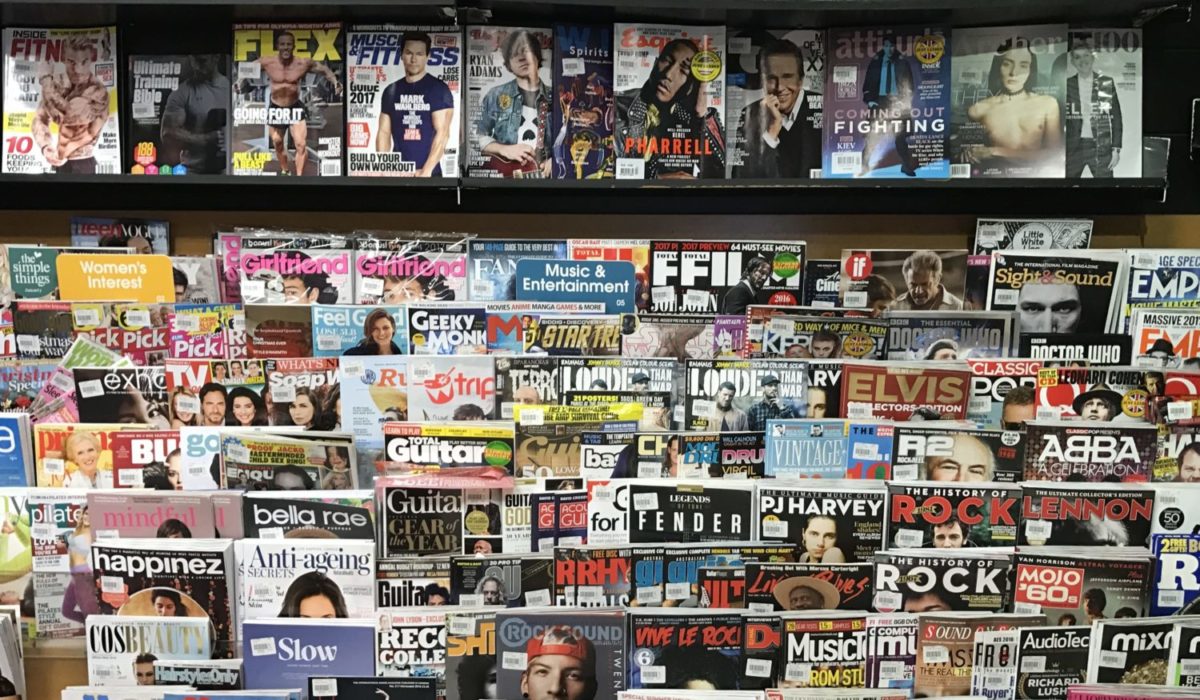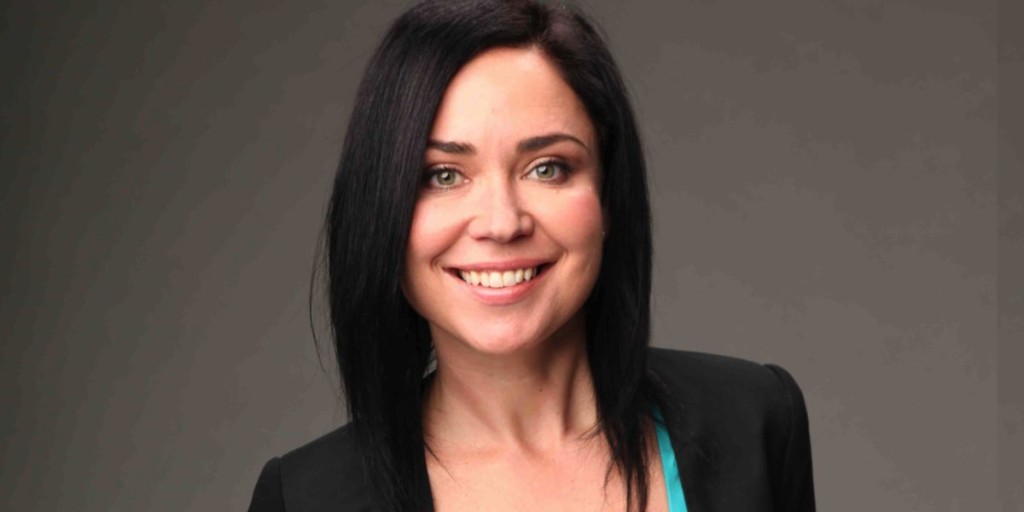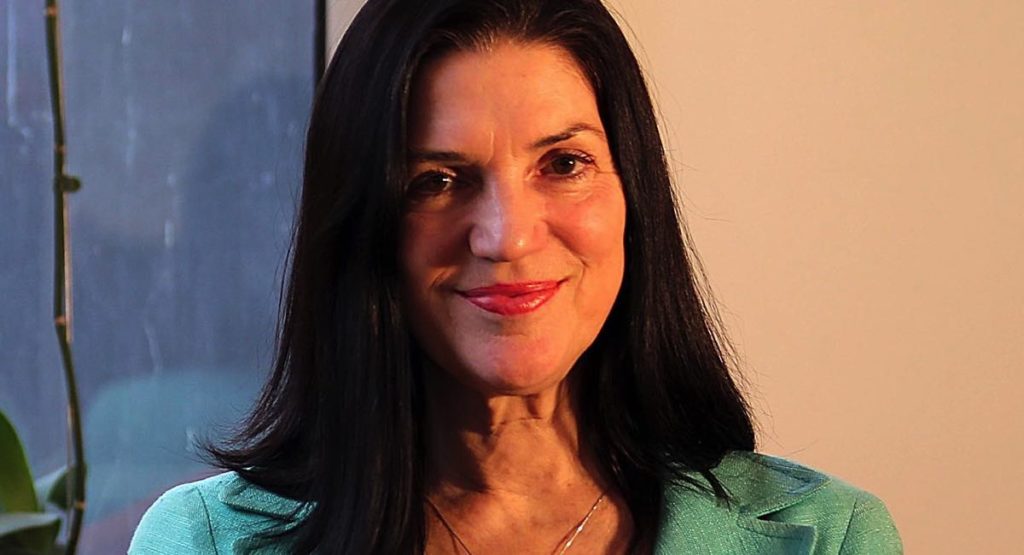Late last year one by one the major magazine publishers announced they were making significant changes to the way they reported the size of their audiences.
The circulation data for the titles published by Pacific Magazines, NewsLifeMedia and Bauer Media will no longer be available. In December 2016, the three magazine publishers announced that they will be withdrawing from the Audited Media Association of Australia.
The common reason for the decision cited by the publishers in their individual statements was that the circulation data is no longer relevant as it fails to reflect the multi-faceted audience that the brands now have.
Magazine readership, as measured by Roy Morgan, and more recently also by emma, has long been the standard measure used to buy magazine media. Now it will be the only measure.
“Magazine brands today are consumed across many platforms including print, digital, social and events,” News DNA MD Nicole Sheffield said.
Traditionally, magazine advertisers and clients have also used circulation data to also determine the success of a brand, and inform their decisions about ad spend.
“There are so many measures of our industry and it can be confusing and costly. After undertaking this review we have determined that the focus should be on our total audience and not sales,” Sheffield added.
As a result, the readership data provided by emma (as measured by Ipsos) and Roy Morgan, coupled with other relevant digital data that both measurement systems also provide, will be the new industry benchmark.
The publishers said that this will allow advertisers to get a clearer picture of a brand’s total engagement with its audience and will help them make accurate decisions about where they should be investing their money.
Sheffield and Bauer Media CEO Nick Chan commented that this will allow the publishing industry to compete better with other mediums.
“This will make our magazines more competitive with other main media such as television, radio and OOH, which are already traded based on the size of audiences,” Chan said. Bauer is to subscribe to the emma readership data from 2017 in addition to continuing to use Roy Morgan. The attraction of emma for Bauer is its fusion of the Nielsen measurement of digital audiences which gives advertisers an understanding of how publishers are growing their footprint across print and digital.
Sheffield said: “The reality is, if you look at other media, we don’t count the number of TV sets in a home as a measure of TV audience or outdoor billboards as a measure of outdoor audience.”
The industry body Magazine Networks voiced its support for the publishers’ decision.
The executive director of Magazine Networks, Mary Ann Azer, said: “While copy sales data was an important measure for the industry, it is no longer an accurate representation of the total audience that engages with magazines today.”
Pacific Magazines CEO Gereurd Roberts said that despite its withdrawal from the circulation survey, the company would continue to work with AMAA on an alternative and proposed measurement that they are currently developing across platforms.
“Granular audience-first, cross-platform metrics are where the market is demanding our focus, and reflect what we see as the future for our evolving, dynamic brands,” Roberts stated.
Mediaweek reached out to Pacific Magazines, Bauer Media and NewsLifeMedia for further comments. However, these weren’t available at the time of publication.
The media buyer
Philippa Noilea-Tani, Sydney trading director for media agency MEC, talked to Mediaweek about the changes.
“Readership has always been the most relevant metric for print when it comes to analysing the value and reach of a planned campaign,” said Noilea-Tani.
“Circulation figures were nice to have and often told an interesting story. However, they were rarely critical to have.”
Asked if any of the magazine publishers approached the market about the changes, Noilea-Tani admitted: “I’m not going to lie – it’s relatively recent news to me.”
She also admitted she wouldn’t be surprised if newspaper publishers made the change to readership-only metrics too. “When it comes to print landscape trends in market, from digital extensions to audience consumption, newspapers and magazines have been in the same boat for a while now.”
As to which readership metric MEC uses, Noilea-Tani explained: “Roy Morgan is still our primary source of data for print planning, as it carries more robust historical data, which helps to paint the bigger picture, enabling the teams to manage inflation over time for our clients.”
Michele Levine, CEO of Roy Morgan Research, told Mediaweek she was not surprised either about publishers backing away from audited circulation. “Circulation has been becoming less and less relevant. The cost of managing circulation and having to report it is one more compliance piece for a publisher.”
Levine noted that publishers should be able to manage circulation as they see fit without having to have people questioning whether paid-for readers are worth more than someone who may have gotten a promotional copy. “If it is important to print extra copies at a certain time for either sales or to be given away then that should be OK. In the past some people have been pretending that was wrong.”
Levine gave the example of a publisher printing more copies to hand out free at a major event. “That was seen in the past as somehow cheating circulation. In fact it wasn’t. The whole issue is about how many people read the product.”
Roy Morgan, like emma, also offers the market the chance to see cross-platform readership of magazine content. “Once you start to look at online as an extension of newspapers and magazines then the notion of circulation is no longer relevant.”
Levine told Mediaweek that despite the arrival of emma in the market, most publishers continued to use Roy Morgan as a source of readership data. “All of the agencies too use us,” she added. “It’s only the newspapers – News Limited and Fairfax – who don’t use Morgan.”
Levine commented about the alternative readership service: “There are probably some people not paying for emma. It is very hard to get the facts about that, but my understanding is it is available to people. However, we all know that the screen that is open on people’s desks all the time is the Roy Morgan screen with Asteroid and Single Source that helps them understand the market.”
Levine said Roy Morgan also offers cross-media cross-platform measurement which best helps people target consumers. The company is increasingly measuring online data in real time. “We are using our digital device panel of 20 million which captures detailed information about certain websites that is then being used to enhance our Single Source product. It is now more up-to-date, larger and more robust as it rolls out.”
James Manning with Kruti Joshi






